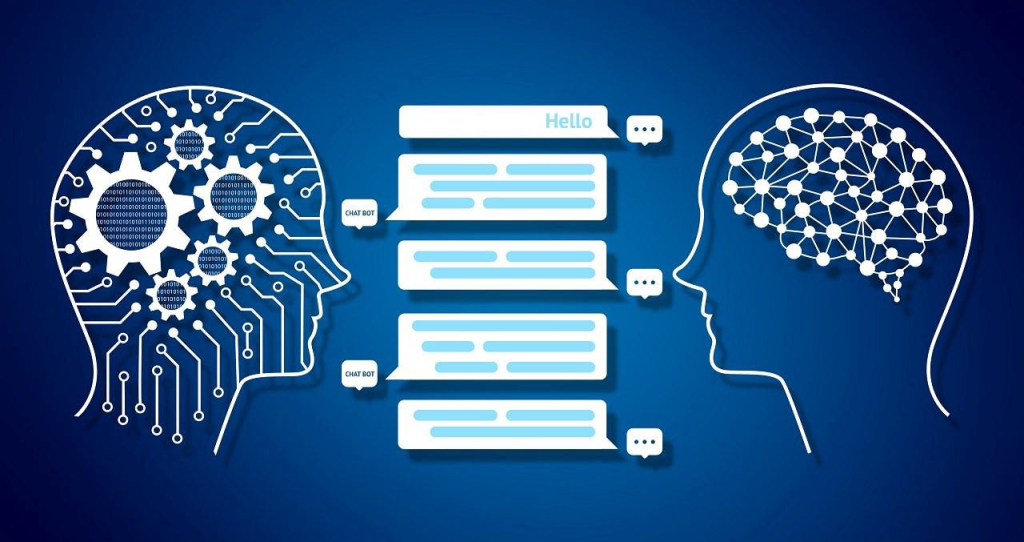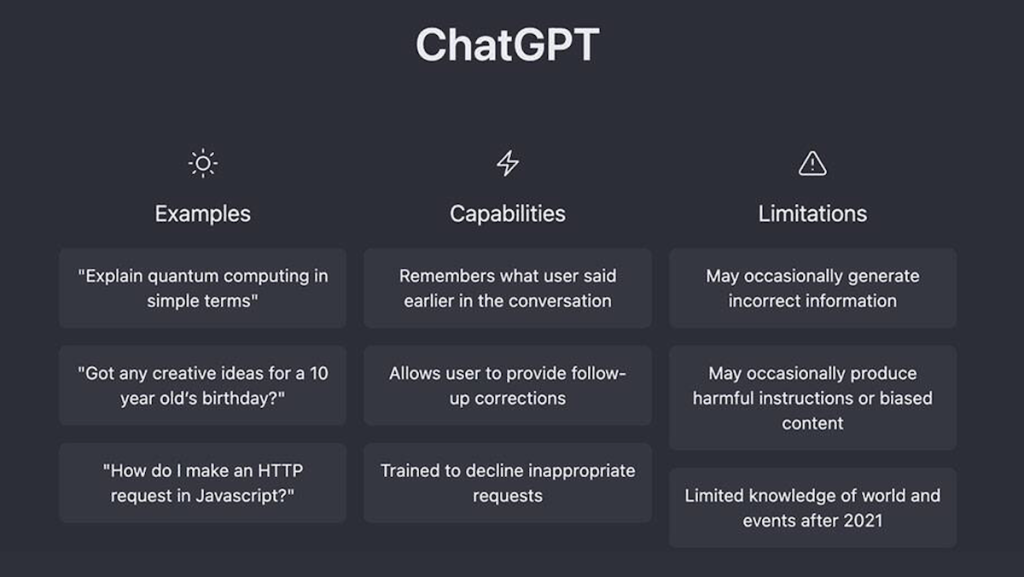
Hi Everyone!
This is Ravi and today I will let you know the Comparison between ChatGPT and other AI tools.
Introduction
ChatGPT, developed by OpenAI, is a powerful conversational AI model known for generating human-like text. In this tutorial, we will compare ChatGPT with other conversational AI models, discuss the strengths and weaknesses of ChatGPT, and conclude with an overall evaluation.
Comparing ChatGPT with Other Conversational AI Models

Definitions
- ChatGPT: A generative pre-trained transformer model created by OpenAI, designed to generate text based on the input it receives. It is particularly good at understanding context and producing coherent, human-like responses.
- Conversational AI Models: These are AI systems designed to interact with humans through natural language. Examples include Google’s BERT, Microsoft’s Turing-NLG, and Facebook’s BlenderBot.
Key Comparisons
ChatGPT vs. BERT (Bidirectional Encoder Representations from Transformers)
- Architecture: BERT is primarily an encoder-based model focused on understanding and context extraction, while ChatGPT is a decoder-based model designed for text generation.
- Training Objective: BERT is trained to predict missing words in a sentence (masked language model), whereas ChatGPT generates the next word in a sequence.
- Applications: BERT excels in tasks like text classification, sentiment analysis, and question answering. ChatGPT is better suited for generating coherent and contextually appropriate text.
ChatGPT vs. Turing-NLG
- Scale: Turing-NLG, developed by Microsoft, is one of the largest language models with 17 billion parameters. It is designed to generate detailed and contextually accurate text, similar to ChatGPT.
- Performance: Both models perform well in text generation tasks, but ChatGPT is noted for its conversational abilities and fine-tuned responses due to its extensive training on diverse datasets.
ChatGPT vs. BlenderBot
- Focus: BlenderBot, developed by Facebook AI, is designed for engaging and empathetic conversations, focusing on long-term dialogue and consistency.
- Capabilities: BlenderBot has features like long-term memory to remember details from past interactions. ChatGPT, while excellent at generating coherent responses, doesn’t retain long-term memory in the same way.
ChatGPT vs. Google’s Meena
- Conversation Quality: Google’s Meena excels in engaging, specific conversations. ChatGPT also produces high-quality text but may occasionally provide less contextually relevant responses.
- Technical Approach: Meena uses an Evolved Transformer encoder-decoder model for a high level of contextual understanding, while ChatGPT uses a transformer-decoder model.
ChatGPT vs. OpenAI’s GPT-3
- Model Size: GPT-3 is a larger model with 175 billion parameters compared to ChatGPT, which is a variant of GPT-3. GPT-3 can handle more complex and diverse tasks due to its larger size.
- Usability: While both are highly capable, GPT-3’s larger model size offers greater versatility but requires more computational resources.
ChatGPT vs. Apple’s Siri:
- Interactivity: Siri is a voice-activated assistant optimized for voice commands and integration with Apple’s ecosystem, whereas ChatGPT excels in text-based conversations and generating detailed text responses.
- Functionality: Siri is designed for task execution (setting reminders, sending messages), while ChatGPT focuses on conversation and text generation.
ChatGPT vs. Amazon’s Alexa:
- Integration: Alexa is deeply integrated with smart home devices and services, providing hands-free control over various applications. ChatGPT is more focused on text-based conversation and generating contextually appropriate responses.
- User Interaction: Alexa’s interactions are typically short and command-based, whereas ChatGPT can handle longer, more complex conversations.
ChatGPT vs. IBM’s Watson Assistant:
- Purpose: Watson Assistant is designed for enterprise-level applications, offering robust tools for building custom chatbots. ChatGPT is a general-purpose conversational model suitable for various applications.
- Customization: Watson Assistant offers more customization options for specific business needs, while ChatGPT is more generalized.
ChatGPT vs. Replika:
- User Engagement: Replika is designed to be a personal companion, focusing on long-term interaction and emotional connection. ChatGPT is used broadly for various conversational AI applications.
- Memory: Replika maintains a memory of past interactions to build a continuous relationship with users, whereas ChatGPT does not retain long-term memory across sessions.
ChatGPT vs. Microsoft’s XiaoIce:
- Emotional Intelligence: XiaoIce focuses on emotional engagement and maintaining long-term conversations with users. ChatGPT, while capable of understanding and generating empathetic responses, is not specifically designed for emotional intelligence.
- Use Cases: XiaoIce is used in social media and personal companionship contexts, whereas ChatGPT is used in diverse applications, from customer support to content creation.
Strengths and Weaknesses of ChatGPT

Strengths:-
- Natural Language Processing: ChatGPT excels at understanding and generating human-like text, making it effective for a variety of conversational tasks.
- Versatility: It can be used for numerous applications, such as customer support, content creation, virtual assistance, and more.
- Context Handling: ChatGPT can maintain the context within a conversation, providing coherent and relevant responses over multiple interactions.
- Extensive Knowledge: Trained on a vast dataset, ChatGPT can generate information on a wide range of topics, making it a flexible tool.
- Scalability: The model can handle large-scale operations and datasets, making it suitable for enterprise-level applications.
- Integration: ChatGPT can be integrated into various platforms and applications, enhancing their functionality with conversational AI.
- Ongoing Improvements: Regular updates from OpenAI ensure that ChatGPT continues to improve over time.
- User Engagement: Its ability to generate engaging content makes ChatGPT suitable for applications focused on user interaction.
- Customizability: ChatGPT can be fine-tuned for specific tasks, allowing for improved performance in targeted applications.
- Multilingual Capabilities: ChatGPT can understand and generate text in multiple languages, increasing its usability across different linguistic groups.
Weaknesses:-
- Bias Issues: ChatGPT can exhibit biases present in its training data, potentially leading to inappropriate or unbalanced responses.
- High Resource Consumption: Running and maintaining such a large model requires significant computational resources, which can be expensive.
- Lack of Long-term Memory: ChatGPT does not retain long-term memory of previous interactions, limiting its effectiveness in ongoing conversations.
- Nuance Understanding: While good at generating coherent text, ChatGPT can sometimes miss nuanced meanings or context-specific subtleties.
- Misinformation Risk: Since it generates responses based on its training data, ChatGPT can inadvertently spread misinformation if the input data contains errors.
- Input Quality Dependence: The quality of ChatGPT’s output depends heavily on the quality of the input, requiring clear and precise queries for the best results.
- Ethical and Privacy Concerns: There are concerns about the ethical use and data privacy implications of AI models like ChatGPT.
- Misuse Potential: ChatGPT can be misused to generate harmful content, such as spam, phishing attempts, or disinformation.
- Response Inconsistency: In some cases, ChatGPT can produce inconsistent or contradictory responses within the same conversation.
- Real-time Limitations: ChatGPT may struggle with real-time or highly dynamic scenarios, particularly those requiring up-to-date information beyond its last training cut-off.
Conclusion
ChatGPT is a leading conversational AI model known for its natural language generation and versatility. When compared to other models like BERT, Turing-NLG, and BlenderBot, ChatGPT stands out for its conversational abilities and wide-ranging applicability. However, it also has limitations, such as potential biases and high resource requirements. Understanding these strengths and weaknesses is crucial for leveraging ChatGPT effectively while being mindful of its limitations.
Thanks!